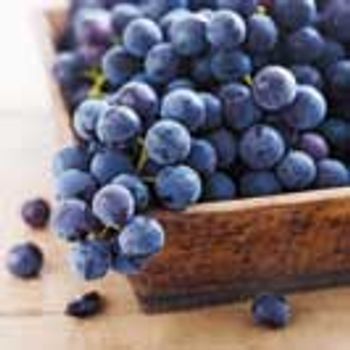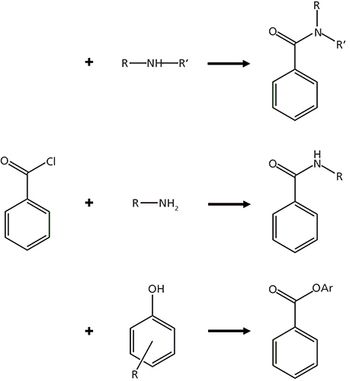
LCGC North America
In his final column before retirement, John Dolan reflects on the changes he has seen during his 34 years as the author of “LC Troubleshooting,” and shares his short list of best practices that still hold true today.

LCGC North America
In his final column before retirement, John Dolan reflects on the changes he has seen during his 34 years as the author of “LC Troubleshooting,” and shares his short list of best practices that still hold true today.

LCGC North America
To resolve and quantitate monoclonal antibodies and antibody–drug conjugates, analytical scientists need various chromatographic modes, such as sizeexclusion, ion-exchange, hydrophobic interaction, and hydrophilic interaction chromatography. Here, we provide advice for making the most of each mode.

LCGC North America
Liquid Chromatography and High-Resolution Mass Spectrometry In food analysis, HPLC and triple-quadrupole mass spectrometry are established techniques. Jon Wong of the Center for Food Safety and Applied Nutrition at the U.S. Food and Drug Administration discusses why his agency and others have been developing food analysis methods using UHPLC and HRMS.

LCGC North America
These five tips could improve your for gas chromatography methods.

LCGC North America
Dwight Stoll, who will take the reins of “LC Troubleshooting” next month, spoke with John Dolan to get some insight on the current state of chromatography with John Dolan to get some insight on the current state of chromatography training, future troubleshooting problems, John’s toughest troubleshooting challenge, and the most common chromatographic mistakes.

LCGC North America
In metabolomics, LC–MS is a popular technique because of its ability to separate a wide range of metabolites, but the presence of many highly polar analytes in these samples poses a challenge. Benzoyl chloride derivatization can be a practical solution, improving both sensitivity and selectivity.

LCGC North America
Click the title above to open the LCGC North America October 2017 regular issue, Vol 35 No 10, in an interactive PDF format.